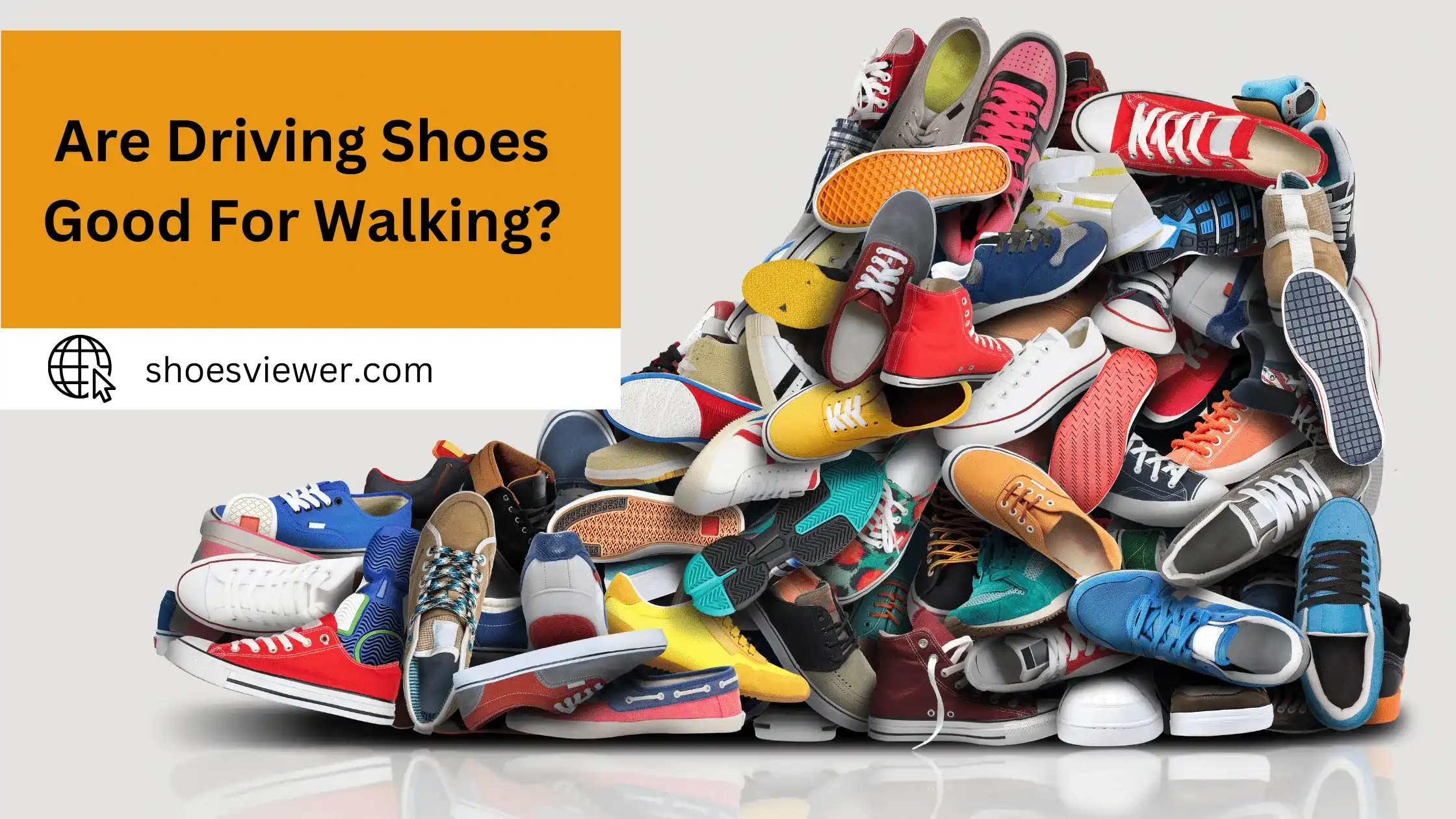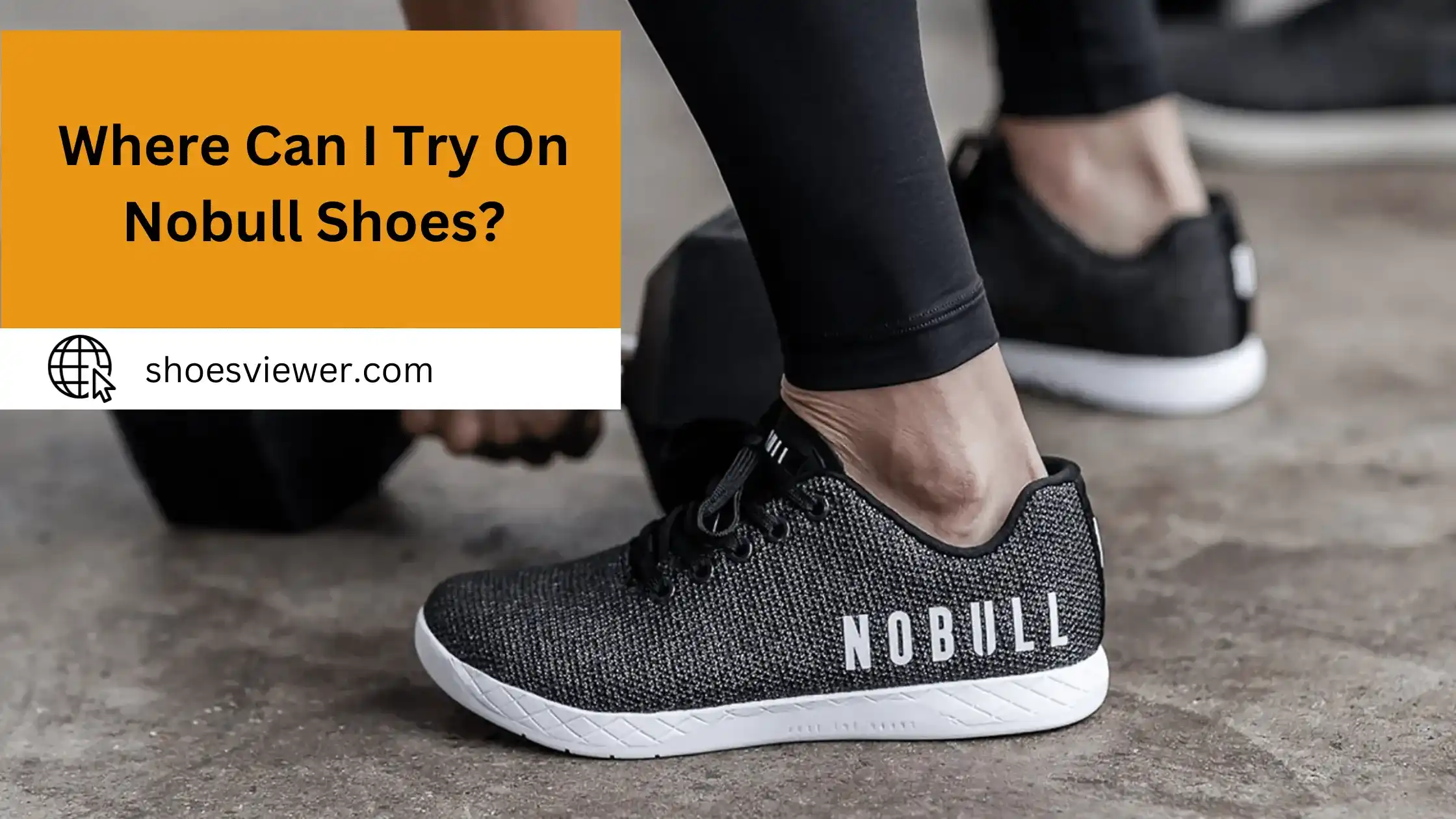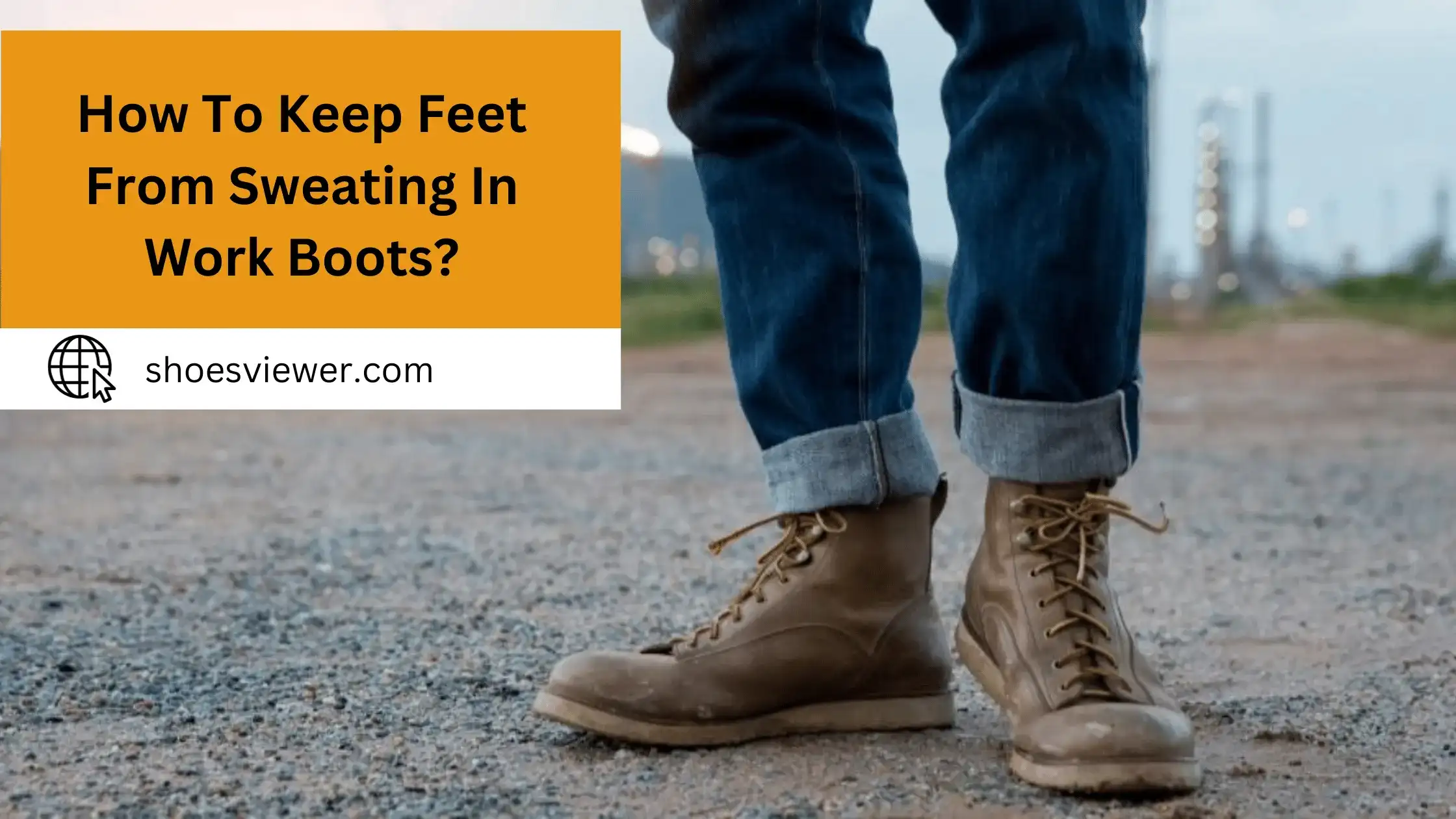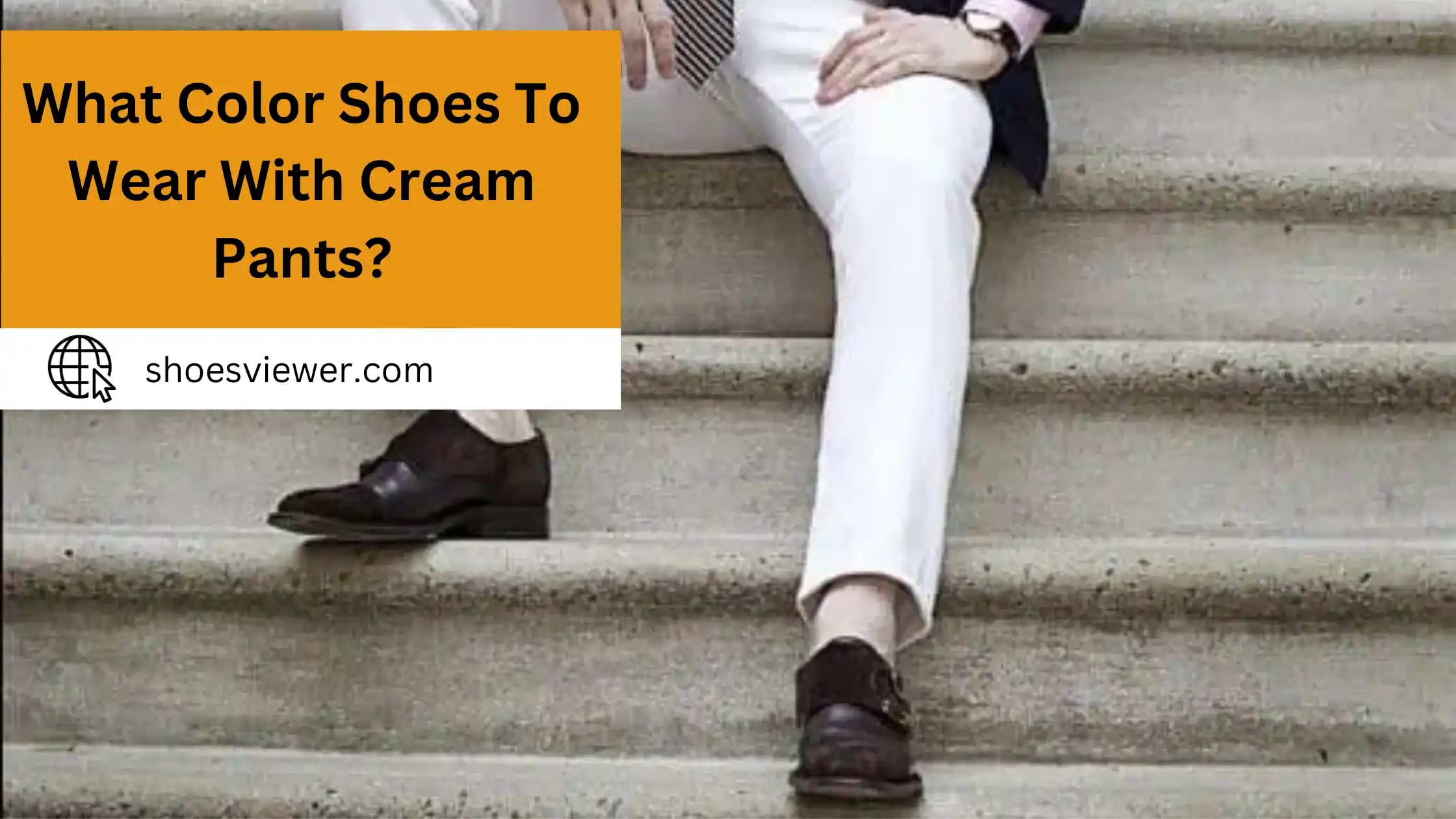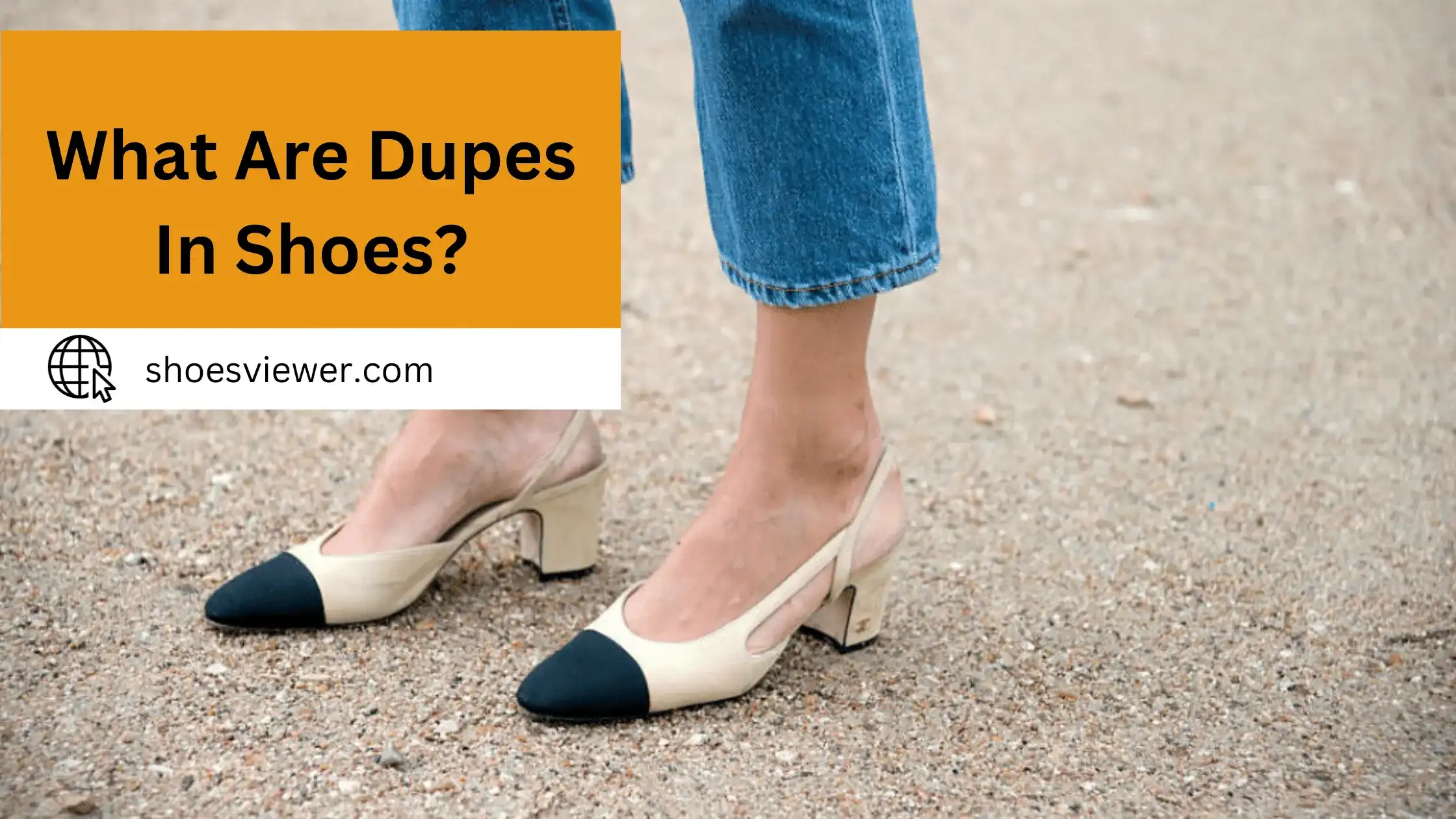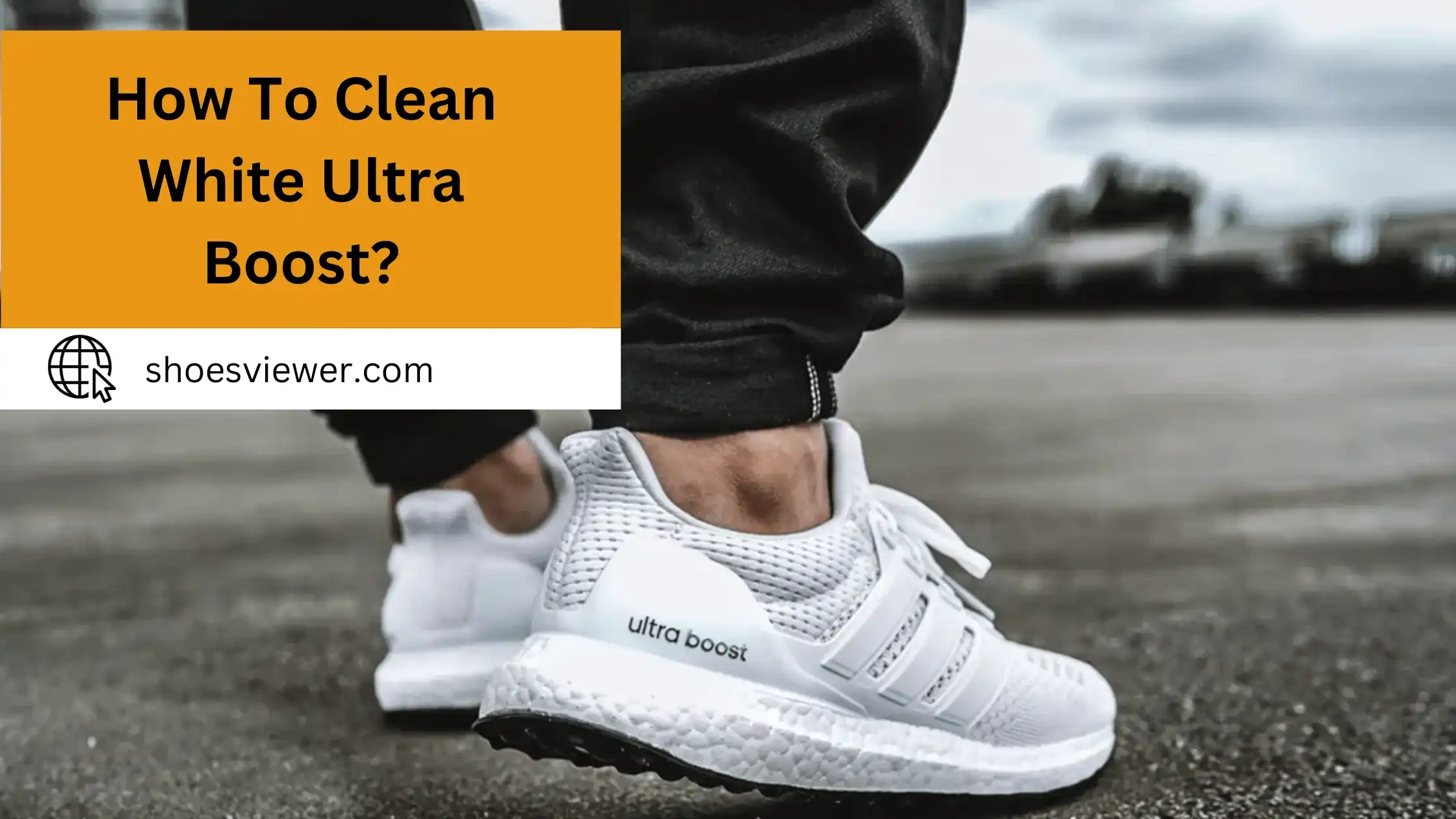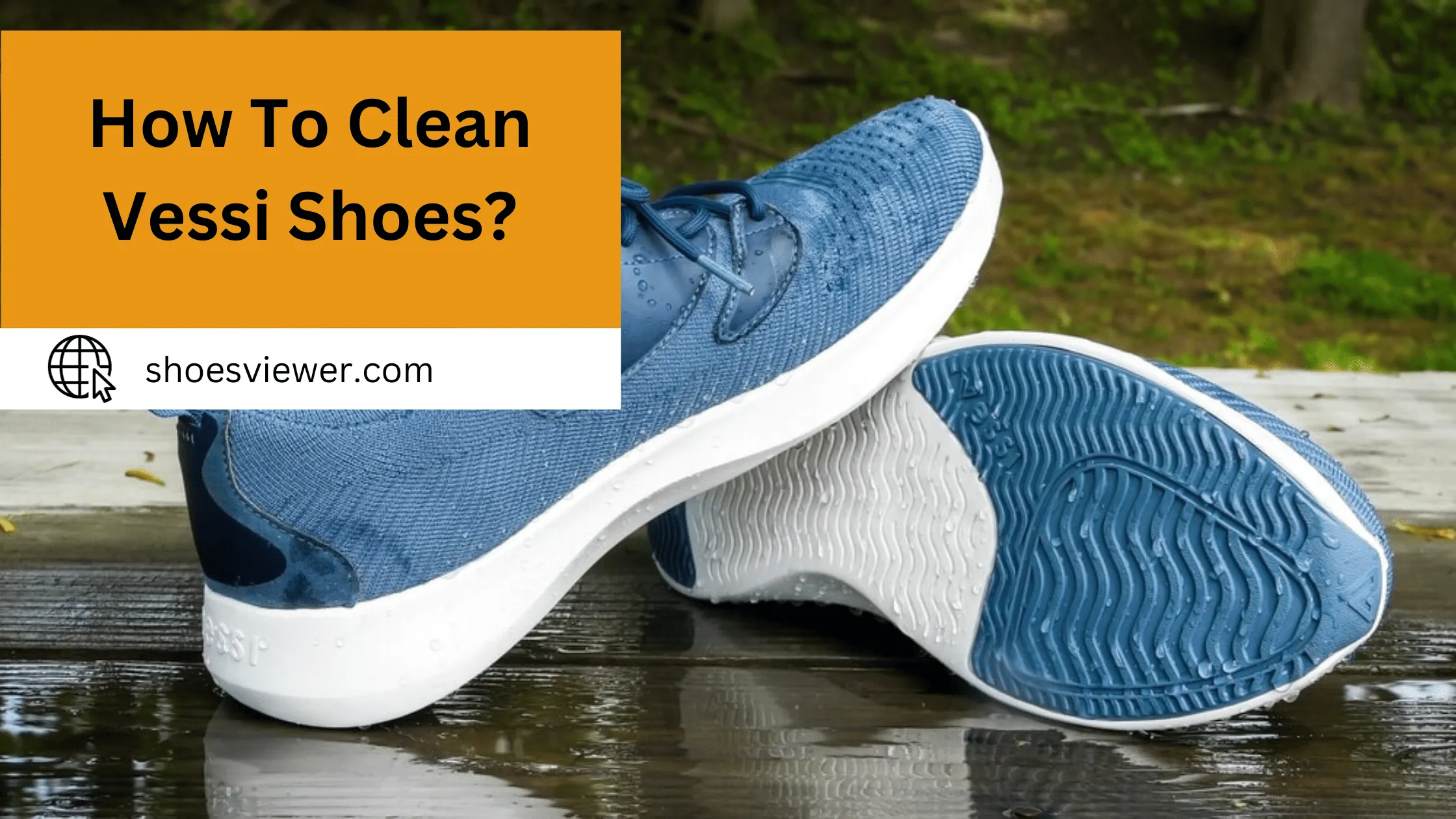Most people associate driving shoes with, well, driving. After all, the name implies some sort of safety connection regarding manual vehicular transport. But many need to learn that those same features and qualities that make them suitable for operating a car can also be beneficial for walking. Let’s take an in-depth look at whether or not driving shoes are suitable for walking and explore the positives and negatives of choosing such footwear.
If you are wondering whether driving shoes are suitable for walking, the answer is yes! The innovative design of these shoes will help keep your feet fresh on long drives while also providing cushioning for your feet when running errands or taking a stroll around town. Let’s learn more about the benefits of investing in quality driving shoes!
The Evolution of Driving Shoes:
The origins of driving shoes can be traced back to the 1960s when Italian designer Gianni Mostile created a unique shoe to enhance grip on car pedals.
The Gommino prototype featured a sole studded with small rubber pellets that quickly provided the necessary traction to maneuver between acceleration, braking, and clutch pedals.
Since their introduction, driving shoes have evolved from functional accessories to fashionable slip-ons that symbolize style and sophistication.
Pros and Cons of Using Driving Shoes for Walking:
Driving shoes are designed to provide a comfortable and sensitive touch on the pedals when you’re behind the wheel. Here’s a detailed breakdown of the pros and cons:
Pros:
Comfort:
Driving shoes typically feature a flexible sole and a soft upper material like suede or leather, ensuring a comfortable experience for short distances.
Style:
One of the significant advantages of driving shoes is their stylish appearance. They often come in chic designs and high-quality materials, making transitioning from the driver’s seat to a casual or semi-formal setting easier.
Breathability:
The materials used in many driving shoes allow for excellent airflow, keeping your feet cool and dry. This feature is handy in warm weather or for people whose feet tend to sweat.
Lightweight:
The lightweight construction of driving shoes means they won’t weigh you down, making them more convenient for prolonged periods, especially for short walks or traveling.
Ease of Use:
Most driving shoes are slip-on or feature minimal lacing, making them quick and easy to put on and take off.
Cons:
Lack of Support:
Driving shoes are not engineered with extensive walking in mind, so they generally need more arch support and cushioning than walking or running shoes offer. This lack of support could lead to foot fatigue or exacerbate existing foot conditions.
Durability:
The soft and supple materials that make driving shoes comfortable often need to be more robust for extended walking. The sole, in particular, may wear out much faster than it would in a walking-specific shoe.
Traction:
Driving shoes often feature smooth or minimally textured soles to offer pedal sensitivity. These soles may need more grip on wet or uneven surfaces, making them less than ideal for walking.
Expense:
High-quality driving shoes often come with a hefty price tag. Using them for walking can accelerate wear and tear, potentially leading to higher replacement costs.
Comparing Driving Shoes to Traditional Walking Shoes:
When comparing driving shoes to traditional walking shoes, several key differences stand out, each tailored to its specific purpose.
Support:
Walking shoes are designed with arch support and cushioning to make extended periods on your feet comfortable. They often feature technologies like memory foam or gel cushions to alleviate pressure points.
Sole:
The soles of walking shoes are typically thicker and feature deeper treads for better grip and durability. In contrast, driving shoes usually have thinner, more flexible soles designed for sensitivity to the pedals.
Upper Material:
Walking shoes often use a combination of synthetic materials designed for durability and breathability. On the other hand, driving shoes frequently feature high-quality materials like leather or suede, which may not withstand the rigors of walking well.
Closure System:
Walking shoes usually have laces or Velcro to ensure a secure fit. Driving shoes are often slip-on or have a simple lacing system optimized for easy on-off but not necessarily for secure fit during walking.
Walking in Driving Shoes: A Comfort Analysis:
On the surface, driving shoes seem like a comfortable option for walking; soft materials, lightweight design, and a snug fit all promise a relaxing experience. However, these factors are misleading when it comes to extended use.
The soft soles and lack of arch support can quickly lead to foot fatigue, particularly on hard or uneven surfaces. Moreover, the minimal shock absorption can cause discomfort and lead to long-term issues if you habitually walk long distances in driving shoes.
Expert Opinions on Driving Shoes for Walking:
Most footwear experts, including podiatrists and athletic trainers, suggest that shoes should be used for their intended purpose for optimum performance and comfort. If used regularly for walking, driving shoes lacking in arch support, cushioning, and traction could lead to foot issues. This is mainly a concern for those with foot or arch problems, where lack of support can exacerbate the conditions.
How to Choose Driving Shoes That Are Good for Walking?
If you still want to find a pair of driving shoes that can double up for occasional walking, here are some factors to consider:
- Choose driving shoes made from durable and breathable materials. Some modern driving shoes incorporate synthetic materials that are both stylish and sturdy.
- Look for a sole with slightly more texture or a hybrid design that offers a better grip for walking without sacrificing pedal sensitivity.
- The shoe should fit snugly but not tightly. A too-loose shoe can slip off, especially given that many driving shoes are slip-ons, while a too-tight shoe can cause discomfort and fatigue.
- Some brands offer driving shoes with better cushioning or optional insole support. These can make the shoes more walk-friendly.
- Before buying, read customer reviews to see if others have found the shoes comfortable for walking. Some brands may be better suited for dual use than others.
By carefully weighing these factors, you can make a more informed decision about whether driving shoes can meet your needs for both driving and occasional walking.
Conclusion:
Driving shoes are a great combination of style, comfort, and performance. With their advanced performance capabilities, lightweight construction, and trendy designs, driving shoes are the perfect choice for commuting and everyday walking.
With all the advantages that driving shoes offer to their wearers, it’s easy to understand why they have become so popular amongst drivers and walking enthusiasts alike. If you’re looking for a comfortable pair of shoes to wear while walking or simply searching for a fashionable casual shoe option, driving shoes should be at the very top of your list!
